
27 July 2024
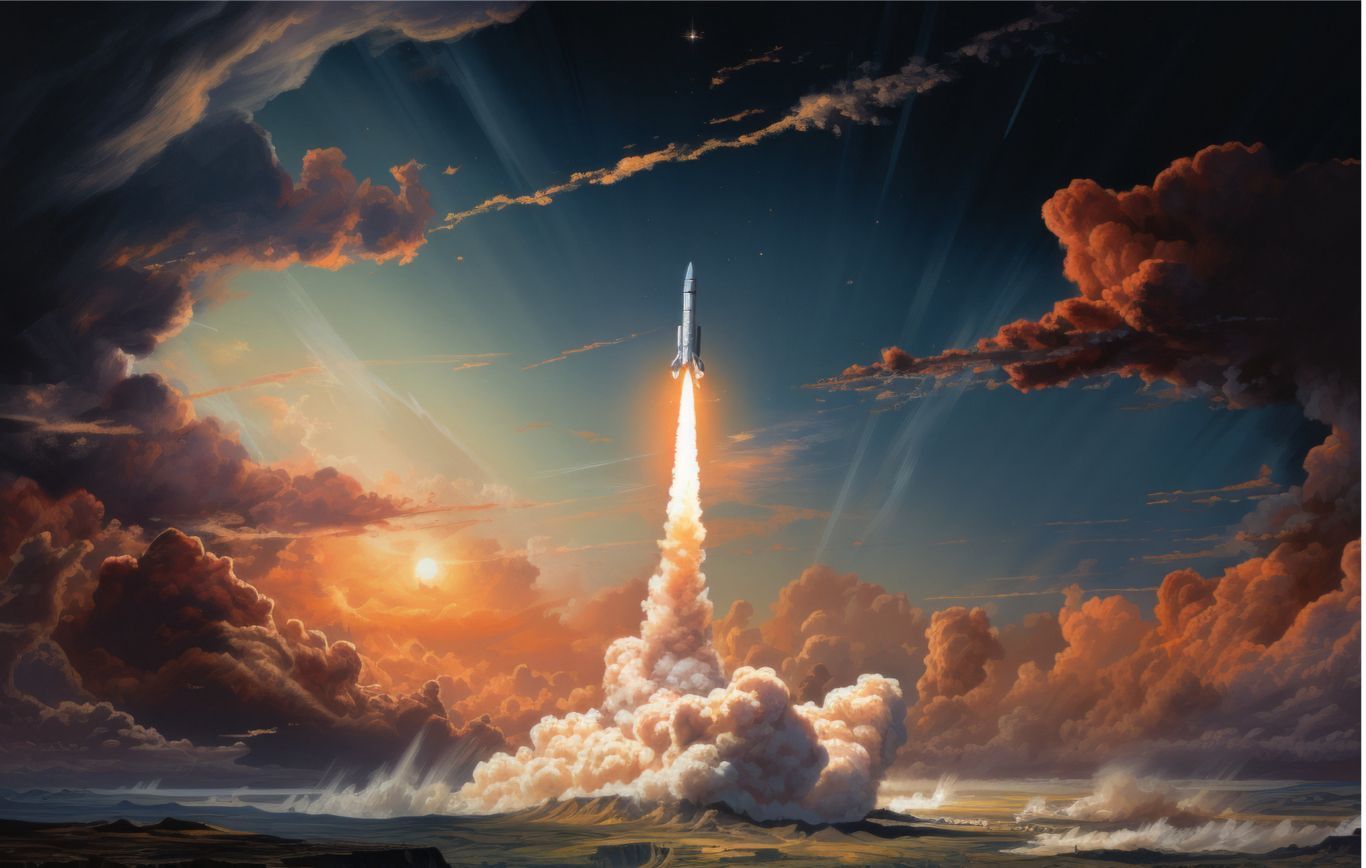
(Image: Adobe)
Taiwan is globally recognised for its expertise in precision machinery and IT capabilities, and the a world leader in semiconductor technologies, essential for the growing demands in communications, military systems, smartphones, computing, and much more. The demand for these critical materials has intensified geopolitical rivalries over securing such technologies, prompting national initiatives aimed at achieving technological sovereignty. One example being the U.S. CHIPS Act, which aims to bolster domestic semiconductor research and development.
These technologies are also a crucial component of the rapidly expanding space manufacturing industry, used in the production of satellites, spacecraft, electronic space applications, and more. Last month, Taiwanese National Science and Technology Council (NSTC) Minister Wu Cheng-wen outlined plans for the their space program, highlighting the nation’s strong capabilities in these high-tech areas as a foundation for expanding its satellite industry.
The minister also highlighted the rapid growth of low-Earth orbit activities and the commercialisation of satellite infrastructure. In response, Taiwan plans to extend its National Space Technology Development Long-Term Development Programme to 2031, with an additional NT$40 billion (USD $1.2 billion) in funding, supplementing an original NT$25.1 billion (USD $760 million).
This week, Taiwan has also advanced its native space-launch capabilities. A research team from National Yang Ming Chiao Tung University (NYCU) conducted a sounding rocket launch, testing their Tsua-Ing hybrid rocket engine for the first time. The rocket, named Asfaloth, was 5.2 meters long, had a diameter of 26.5 cm, and weighed 190 kg. The Taiwanese Space Agency (TASA) aims to eventually launch a full-size rocket to reach an altitude of 10 km.
Additionally, Taiwanese launch startup TiSpace announced plans to become the first foreign firm to launch from Japan, as early as next year. TiSpace further stated that if the launch succeeds, they intend to expand manufacturing in Japan to serve Japanese customers.
Taiwan appears poised to play an increasingly significant role in the space industry, providing opportunities to develop new international relations, a critical component of its foreign policy, especially under continuous pressure from China.
While some analysts suggest that Taiwanese ventures into Japan might attract China's attention, the space sector could also become a platform for Taiwan to forge new ties, not only with closer allies like Japan and the United States, but potentially with other international partners as well.
UKSA investments, iSpace lunar rover and South Korea outline space ambitions
Opportunities to collaborate with emerging space nations are expanding. New space nations are eager to establish international partnerships quickly, while commercial entities in the space industry seek to broaden their customer base. This trend fosters a dynamic environment for innovation and growth in the global space sector.
This week, during the Committee on Space Research (COSPAR) 45th Scientific Assembly, South Korea’s Space Agency (KASA) outlined ambitious plans for space development, including a robotic lander to the Moon by 2032 and another to Mars by 2045. They are also developing their Nuri satellite launch vehicle, and are also researching reusable launch technology. Youngbin Yoon, the administrator of KASA, described the agency's role as a "control tower" for international cooperation, aiming to develop South Korea's aerospace economy.
In Europe, iSpace announced the completion of their European-designed, manufactured, and assembled lunar micro rover, named TENACIOUS. The rover, measuring 26 cm in height, 31.5 cm in width, and 54 cm in length, is set to launch with iSpace’s second lunar landing attempt later this year.
Furthermore, at the Farnborough International Airshow in the UK, the Department for Science, Innovation, and Technology (DSIT) Secretary of State Peter Kyle announced that 20 national projects will share £33 million (USD $42 million) in funding as part of the UK Space Agency’s National Space Innovation Programme. This includes the development and demonstration of a Space Nuclear Power Micro-Reactor Technology, led by Rolls-Royce. Last year, Rolls-Royce also delivered an initial concept for a UK lunar modular nuclear reactor.
German launch startup HyImpulse also received £5 million (USD $6.4 million) to launch its suborbital SR75 rocket from SaxaVord in Scotland. The UK aims to become a European space-launch hub, and SaxaVord is preparing to host the first vertical space launch from UK soil this year. Scott Hammond, deputy chief executive and operations director of SaxaVord Spaceport, expects the spaceport to receive the final licenses from UK regulators by September, with the inaugural flight of Rocket Factory Augsburg’s RFA ONE vehicle planned for autumn.
The space sector was once dominated by a few major players, primarily the United States and Russia (formerly the Soviet Union). However, space sector development has increasingly become a national priority for more countries, recognising the value of satellite technologies and the growing potential of the commercial sector. As more nations enter the space arena, new opportunities for partnerships are emerging.
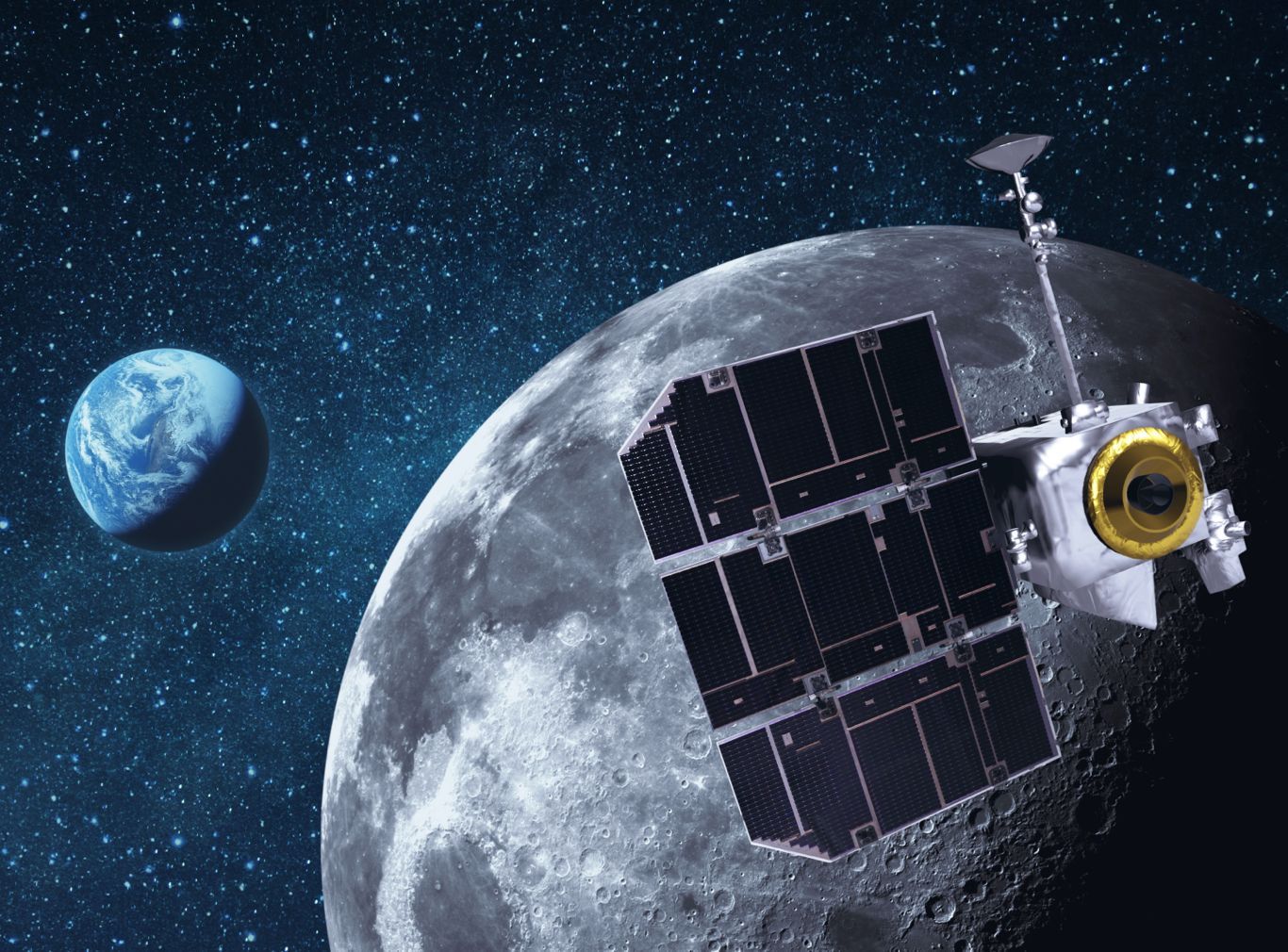
(Image: Adobe)
China outline plans for lunar partnerships, EU organisation signs-up to ILRS
China has been closely monitoring the expansion of space sector involvement globally and has actively sought to provide access and opportunities for other nations through its space program. We discussed this in our article last week, highlighting China’s role in fostering international collaboration through their Chang’e lunar missions and onboard their Tiangong space station.
This week, Chinese scientists proposed the development of an information superhighway between Earth and the Moon. This initiative would involve deploying 30 satellites and establishing three lunar ground stations to provide seamless communication and navigation, enabling monitoring of the region encompassing Earth's orbit and the space around the Moon (cislunar space). Researchers at the China Academy of Space Technology (CAST) conducted the plan, which could significantly transform lunar missions. The scientists also emphasised the need for international collaboration and compatibility for such a project.
Furthermore, China announced its aim to collaborate with 50 countries as part of their International Lunar Research Station (ILRS) project, which seeks to establish a robotic lunar base by the 2030s. Wu Weiren, the chief designer of China’s lunar exploration program, stated "we are open and welcome international cooperation from all countries, including those from the Global South, emerging BRICS countries, as well as Western countries.”
To date, China has attracted 11 nations to join the ILRS, and this number may grow as the country continues to achieve success in lunar development. Last month, Chang’e-6 successfully retrieved samples from the lunar far side for the first time, and this week, scientists reported discovering traces of water in the samples retrieved by Chang’e-5 in 2020.
Hungarian organisation sign ILRS, could this provide a link between China and the West?
The Hungarian Solar Physics Foundation is the latest organisation to join China's International Lunar Research Station (ILRS) project, possibly drawn by China's series of successful space missions. The two sides signed a Memorandum of Understanding on July 12, with Robert Fay-Siebenburgen, president of the Hungarian Solar Physics Foundation, expressing "admiration for China’s achievements" during the signing ceremony.
While this isn’t the first organisation to collaborate with China on the ILRS project, it is the first from an EU member state. This involvement could potentially serve as a bridge between China, Europe, and the US, fostering better international cooperation. The role of organisations and institutes in such projects can be pivotal in improving relationships by providing neutral platforms for collaboration and shared objectives. Other organisations already participating in the ILRS include the International Lunar Observatory Association, based in Hawaii, and the Asia-Pacific Space Cooperation Organisation, an intergovernmental body.
Additionally, Swiss-based nanoSPACE AG joined the ILRS project a little over a year ago, highlighting the potential for industry to play a more active role in fostering international cooperation. With Switzerland also being a participant in the U.S.-led Artemis Accords, companies like nanoSPACE AG could play a significant role in bridging relations across different international space initiatives, contributing to a more integrated global approach to space exploration.

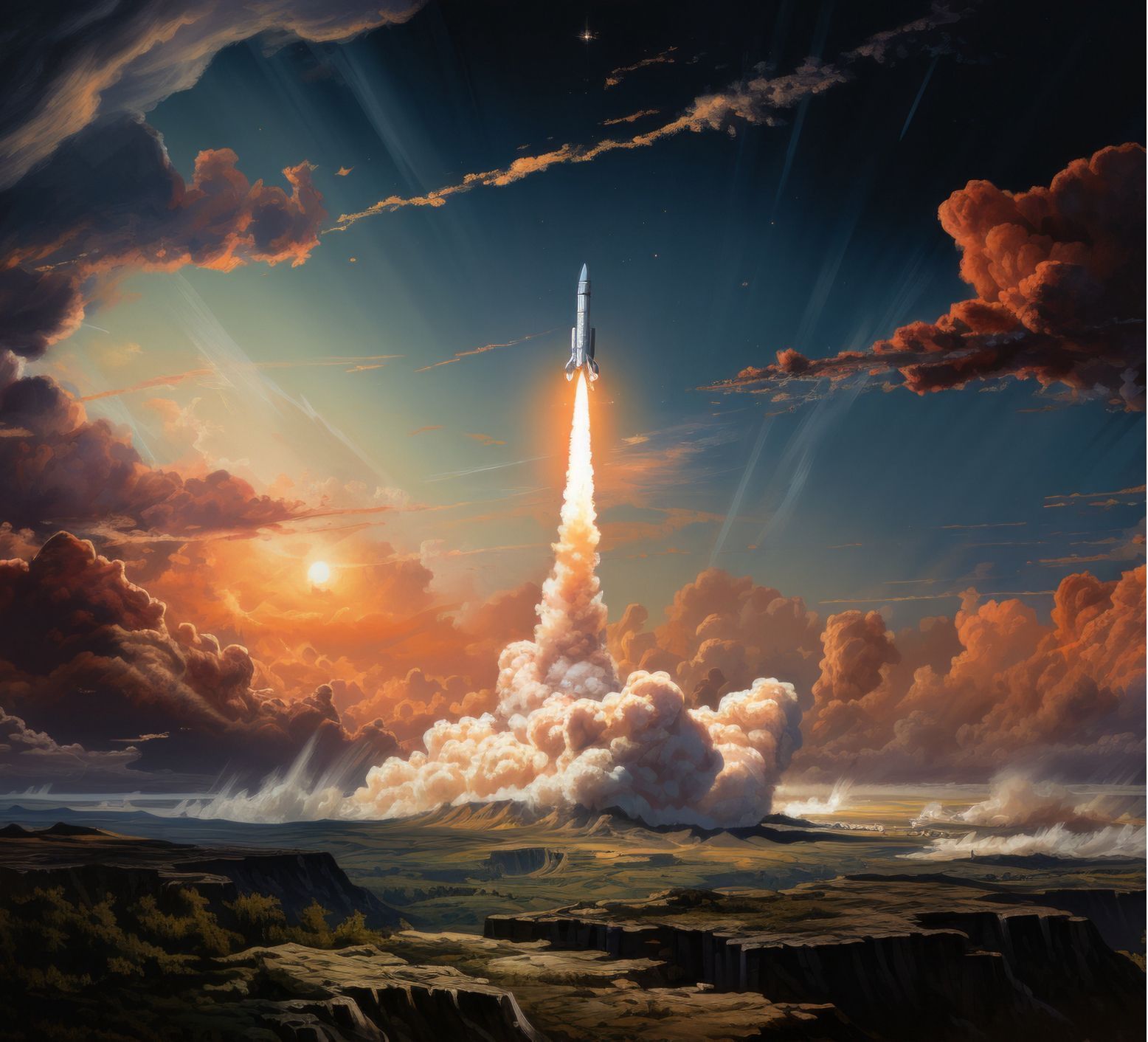
(Image: Adobe)
27 July 2024
Taiwan Space Ambitions and Partnership Prospects, UK and European Space Development, China’s Lunar Alliance Ambitions and Opportunities - Space News Roundup

Taiwan is globally recognised for its expertise in precision machinery and IT capabilities, and the a world leader in semiconductor technologies, essential for the growing demands in communications, military systems, smartphones, computing, and much more. The demand for these critical materials has intensified geopolitical rivalries over securing such technologies, prompting national initiatives aimed at achieving technological sovereignty. One example being the U.S. CHIPS Act, which aims to bolster domestic semiconductor research and development.
These technologies are also a crucial component of the rapidly expanding space manufacturing industry, used in the production of satellites, spacecraft, electronic space applications, and more. Last month, Taiwanese National Science and Technology Council (NSTC) Minister Wu Cheng-wen outlined plans for the their space program, highlighting the nation’s strong capabilities in these high-tech areas as a foundation for expanding its satellite industry.
The minister also highlighted the rapid growth of low-Earth orbit activities and the commercialisation of satellite infrastructure. In response, Taiwan plans to extend its National Space Technology Development Long-Term Development Programme to 2031, with an additional NT$40 billion (USD $1.2 billion) in funding, supplementing an original NT$25.1 billion (USD $760 million).
This week, Taiwan has also advanced its native space-launch capabilities. A research team from National Yang Ming Chiao Tung University (NYCU) conducted a sounding rocket launch, testing their Tsua-Ing hybrid rocket engine for the first time. The rocket, named Asfaloth, was 5.2 meters long, had a diameter of 26.5 cm, and weighed 190 kg. The Taiwanese Space Agency (TASA) aims to eventually launch a full-size rocket to reach an altitude of 10 km.
Additionally, Taiwanese launch startup TiSpace announced plans to become the first foreign firm to launch from Japan, as early as next year. TiSpace further stated that if the launch succeeds, they intend to expand manufacturing in Japan to serve Japanese customers.
Taiwan appears poised to play an increasingly significant role in the space industry, providing opportunities to develop new international relations, a critical component of its foreign policy, especially under continuous pressure from China.
While some analysts suggest that Taiwanese ventures into Japan might attract China's attention, the space sector could also become a platform for Taiwan to forge new ties, not only with closer allies like Japan and the United States, but potentially with other international partners as well.
UKSA investments, iSpace lunar rover and South Korea outline space ambitions
Opportunities to collaborate with emerging space nations are expanding. New space nations are eager to establish international partnerships quickly, while commercial entities in the space industry seek to broaden their customer base. This trend fosters a dynamic environment for innovation and growth in the global space sector.
This week, during the Committee on Space Research (COSPAR) 45th Scientific Assembly, South Korea’s Space Agency (KASA) outlined ambitious plans for space development, including a robotic lander to the Moon by 2032 and another to Mars by 2045. They are also developing their Nuri satellite launch vehicle, and are also researching reusable launch technology. Youngbin Yoon, the administrator of KASA, described the agency's role as a "control tower" for international cooperation, aiming to develop South Korea's aerospace economy.
In Europe, iSpace announced the completion of their European-designed, manufactured, and assembled lunar micro rover, named TENACIOUS. The rover, measuring 26 cm in height, 31.5 cm in width, and 54 cm in length, is set to launch with iSpace’s second lunar landing attempt later this year.
Furthermore, at the Farnborough International Airshow in the UK, the Department for Science, Innovation, and Technology (DSIT) Secretary of State Peter Kyle announced that 20 national projects will share £33 million (USD $42 million) in funding as part of the UK Space Agency’s National Space Innovation Programme. This includes the development and demonstration of a Space Nuclear Power Micro-Reactor Technology, led by Rolls-Royce. Last year, Rolls-Royce also delivered an initial concept for a UK lunar modular nuclear reactor.
German launch startup HyImpulse also received £5 million (USD $6.4 million) to launch its suborbital SR75 rocket from SaxaVord in Scotland. The UK aims to become a European space-launch hub, and SaxaVord is preparing to host the first vertical space launch from UK soil this year. Scott Hammond, deputy chief executive and operations director of SaxaVord Spaceport, expects the spaceport to receive the final licenses from UK regulators by September, with the inaugural flight of Rocket Factory Augsburg’s RFA ONE vehicle planned for autumn.
The space sector was once dominated by a few major players, primarily the United States and Russia (formerly the Soviet Union). However, space sector development has increasingly become a national priority for more countries, recognising the value of satellite technologies and the growing potential of the commercial sector. As more nations enter the space arena, new opportunities for partnerships are emerging.
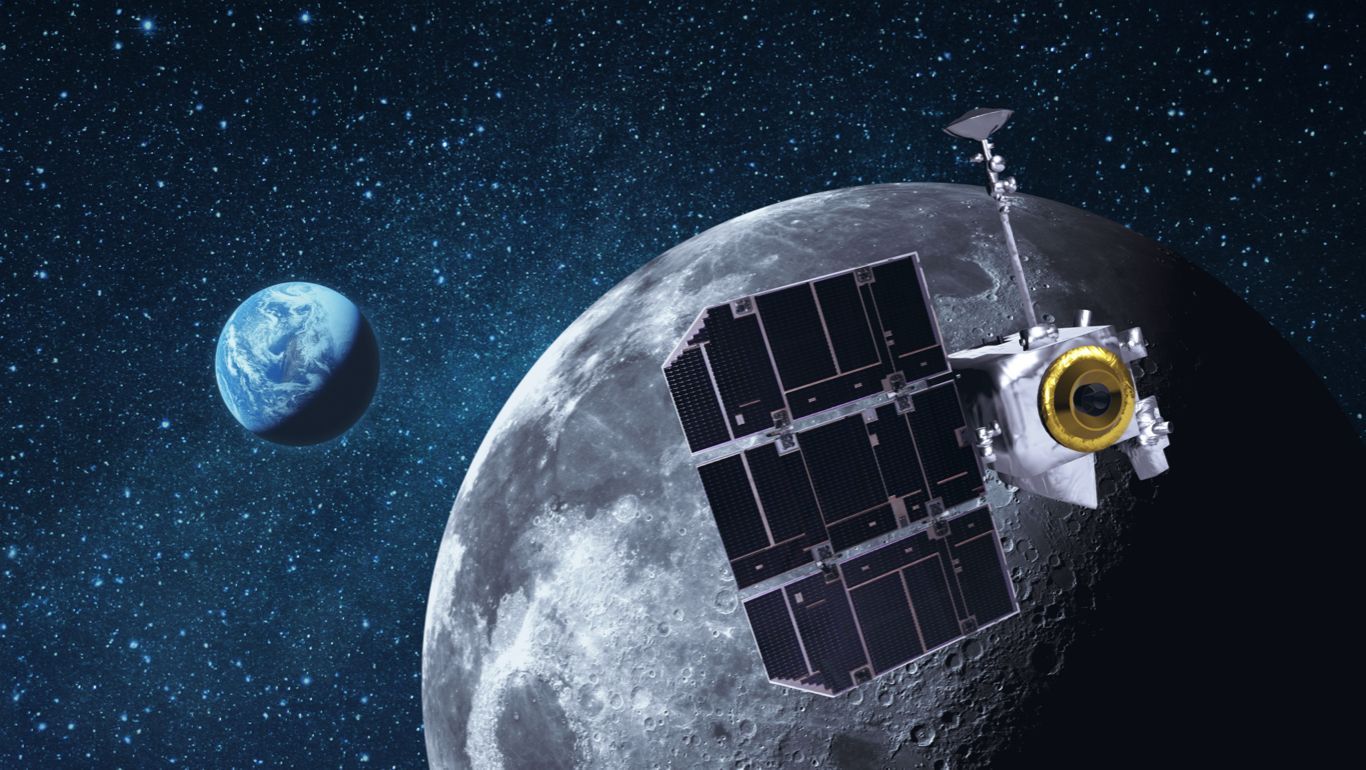
(Image: Adobe)
China outline plans for lunar partnerships, EU organisation signs-up to ILRS
China has been closely monitoring the expansion of space sector involvement globally and has actively sought to provide access and opportunities for other nations through its space program. We discussed this in our article last week, highlighting China’s role in fostering international collaboration through their Chang’e lunar missions and onboard their Tiangong space station.
This week, Chinese scientists proposed the development of an information superhighway between Earth and the Moon. This initiative would involve deploying 30 satellites and establishing three lunar ground stations to provide seamless communication and navigation, enabling monitoring of the region encompassing Earth's orbit and the space around the Moon (cislunar space). Researchers at the China Academy of Space Technology (CAST) conducted the plan, which could significantly transform lunar missions. The scientists also emphasised the need for international collaboration and compatibility for such a project.
Furthermore, China announced its aim to collaborate with 50 countries as part of their International Lunar Research Station (ILRS) project, which seeks to establish a robotic lunar base by the 2030s. Wu Weiren, the chief designer of China’s lunar exploration program, stated "we are open and welcome international cooperation from all countries, including those from the Global South, emerging BRICS countries, as well as Western countries.”
To date, China has attracted 11 nations to join the ILRS, and this number may grow as the country continues to achieve success in lunar development. Last month, Chang’e-6 successfully retrieved samples from the lunar far side for the first time, and this week, scientists reported discovering traces of water in the samples retrieved by Chang’e-5 in 2020.
Hungarian organisation sign ILRS, could this provide a link between China and the West?
The Hungarian Solar Physics Foundation is the latest organisation to join China's International Lunar Research Station (ILRS) project, possibly drawn by China's series of successful space missions. The two sides signed a Memorandum of Understanding on July 12, with Robert Fay-Siebenburgen, president of the Hungarian Solar Physics Foundation, expressing "admiration for China’s achievements" during the signing ceremony.
While this isn’t the first organisation to collaborate with China on the ILRS project, it is the first from an EU member state. This involvement could potentially serve as a bridge between China, Europe, and the US, fostering better international cooperation. The role of organisations and institutes in such projects can be pivotal in improving relationships by providing neutral platforms for collaboration and shared objectives. Other organisations already participating in the ILRS include the International Lunar Observatory Association, based in Hawaii, and the Asia-Pacific Space Cooperation Organisation, an intergovernmental body.
Additionally, Swiss-based nanoSPACE AG joined the ILRS project a little over a year ago, highlighting the potential for industry to play a more active role in fostering international cooperation. With Switzerland also being a participant in the U.S.-led Artemis Accords, companies like nanoSPACE AG could play a significant role in bridging relations across different international space initiatives, contributing to a more integrated global approach to space exploration.
Share this article


27 July 2024
Taiwan Space Ambitions and Partnership Prospects, UK and European Space Development, China’s Lunar Alliance Ambitions and Opportunities - Space News Roundup


(Image: Adobe)
Taiwan is globally recognised for its expertise in precision machinery and IT capabilities, and the a world leader in semiconductor technologies, essential for the growing demands in communications, military systems, smartphones, computing, and much more. The demand for these critical materials has intensified geopolitical rivalries over securing such technologies, prompting national initiatives aimed at achieving technological sovereignty. One example being the U.S. CHIPS Act, which aims to bolster domestic semiconductor research and development.
These technologies are also a crucial component of the rapidly expanding space manufacturing industry, used in the production of satellites, spacecraft, electronic space applications, and more. Last month, Taiwanese National Science and Technology Council (NSTC) Minister Wu Cheng-wen outlined plans for the their space program, highlighting the nation’s strong capabilities in these high-tech areas as a foundation for expanding its satellite industry.
The minister also highlighted the rapid growth of low-Earth orbit activities and the commercialisation of satellite infrastructure. In response, Taiwan plans to extend its National Space Technology Development Long-Term Development Programme to 2031, with an additional NT$40 billion (USD $1.2 billion) in funding, supplementing an original NT$25.1 billion (USD $760 million).
This week, Taiwan has also advanced its native space-launch capabilities. A research team from National Yang Ming Chiao Tung University (NYCU) conducted a sounding rocket launch, testing their Tsua-Ing hybrid rocket engine for the first time. The rocket, named Asfaloth, was 5.2 meters long, had a diameter of 26.5 cm, and weighed 190 kg. The Taiwanese Space Agency (TASA) aims to eventually launch a full-size rocket to reach an altitude of 10 km.
Additionally, Taiwanese launch startup TiSpace announced plans to become the first foreign firm to launch from Japan, as early as next year. TiSpace further stated that if the launch succeeds, they intend to expand manufacturing in Japan to serve Japanese customers.
Taiwan appears poised to play an increasingly significant role in the space industry, providing opportunities to develop new international relations, a critical component of its foreign policy, especially under continuous pressure from China.
While some analysts suggest that Taiwanese ventures into Japan might attract China's attention, the space sector could also become a platform for Taiwan to forge new ties, not only with closer allies like Japan and the United States, but potentially with other international partners as well.
UKSA investments, iSpace lunar rover and South Korea outline space ambitions
Opportunities to collaborate with emerging space nations are expanding. New space nations are eager to establish international partnerships quickly, while commercial entities in the space industry seek to broaden their customer base. This trend fosters a dynamic environment for innovation and growth in the global space sector.
This week, during the Committee on Space Research (COSPAR) 45th Scientific Assembly, South Korea’s Space Agency (KASA) outlined ambitious plans for space development, including a robotic lander to the Moon by 2032 and another to Mars by 2045. They are also developing their Nuri satellite launch vehicle, and are also researching reusable launch technology. Youngbin Yoon, the administrator of KASA, described the agency's role as a "control tower" for international cooperation, aiming to develop South Korea's aerospace economy.
In Europe, iSpace announced the completion of their European-designed, manufactured, and assembled lunar micro rover, named TENACIOUS. The rover, measuring 26 cm in height, 31.5 cm in width, and 54 cm in length, is set to launch with iSpace’s second lunar landing attempt later this year.
Furthermore, at the Farnborough International Airshow in the UK, the Department for Science, Innovation, and Technology (DSIT) Secretary of State Peter Kyle announced that 20 national projects will share £33 million (USD $42 million) in funding as part of the UK Space Agency’s National Space Innovation Programme. This includes the development and demonstration of a Space Nuclear Power Micro-Reactor Technology, led by Rolls-Royce. Last year, Rolls-Royce also delivered an initial concept for a UK lunar modular nuclear reactor.
German launch startup HyImpulse also received £5 million (USD $6.4 million) to launch its suborbital SR75 rocket from SaxaVord in Scotland. The UK aims to become a European space-launch hub, and SaxaVord is preparing to host the first vertical space launch from UK soil this year. Scott Hammond, deputy chief executive and operations director of SaxaVord Spaceport, expects the spaceport to receive the final licenses from UK regulators by September, with the inaugural flight of Rocket Factory Augsburg’s RFA ONE vehicle planned for autumn.
The space sector was once dominated by a few major players, primarily the United States and Russia (formerly the Soviet Union). However, space sector development has increasingly become a national priority for more countries, recognising the value of satellite technologies and the growing potential of the commercial sector. As more nations enter the space arena, new opportunities for partnerships are emerging.
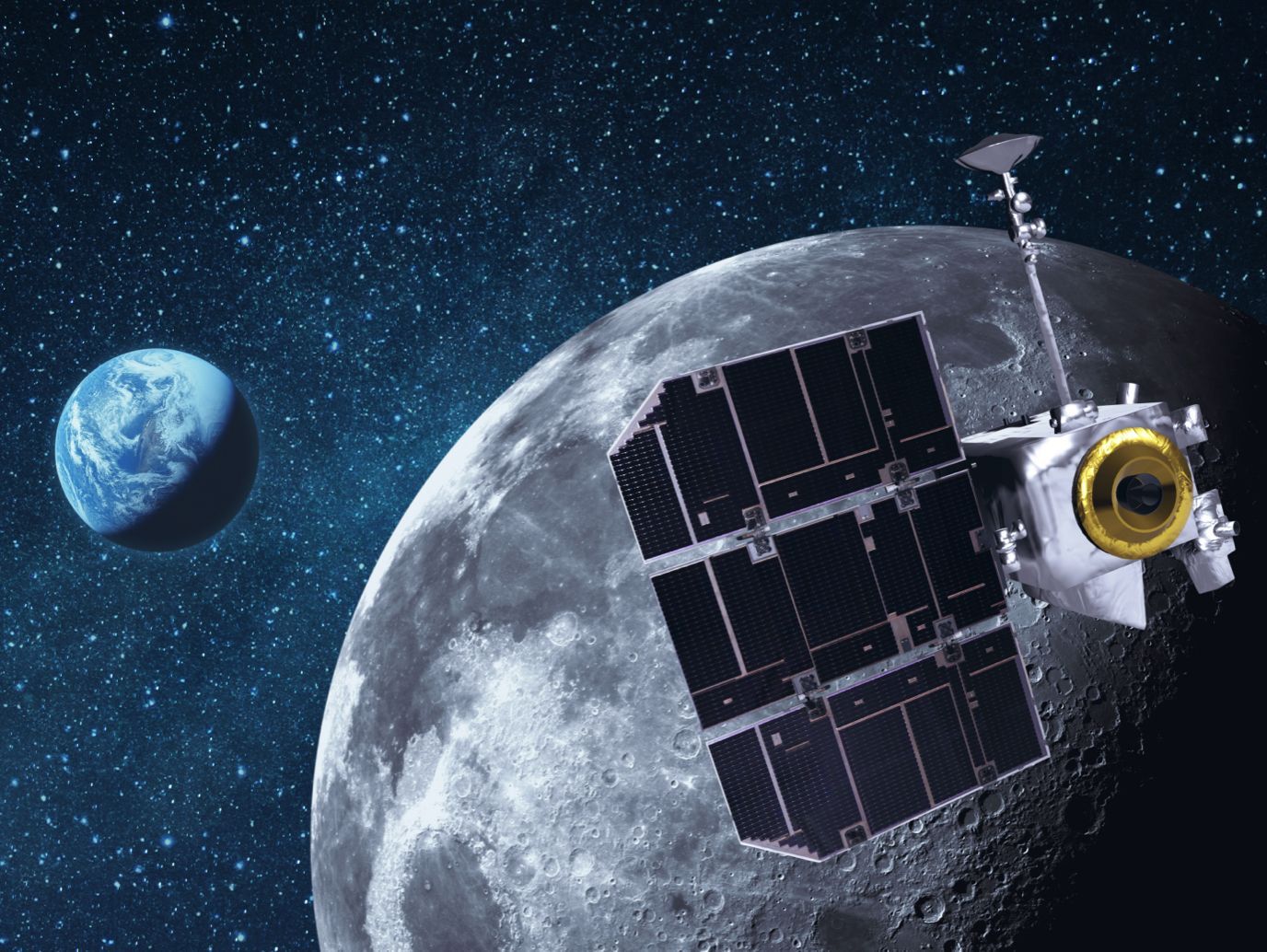
(Image: Adobe)
China outline plans for lunar partnerships, EU organisation signs-up to ILRS
China has been closely monitoring the expansion of space sector involvement globally and has actively sought to provide access and opportunities for other nations through its space program. We discussed this in our article last week, highlighting China’s role in fostering international collaboration through their Chang’e lunar missions and onboard their Tiangong space station.
This week, Chinese scientists proposed the development of an information superhighway between Earth and the Moon. This initiative would involve deploying 30 satellites and establishing three lunar ground stations to provide seamless communication and navigation, enabling monitoring of the region encompassing Earth's orbit and the space around the Moon (cislunar space). Researchers at the China Academy of Space Technology (CAST) conducted the plan, which could significantly transform lunar missions. The scientists also emphasised the need for international collaboration and compatibility for such a project.
Furthermore, China announced its aim to collaborate with 50 countries as part of their International Lunar Research Station (ILRS) project, which seeks to establish a robotic lunar base by the 2030s. Wu Weiren, the chief designer of China’s lunar exploration program, stated "we are open and welcome international cooperation from all countries, including those from the Global South, emerging BRICS countries, as well as Western countries."
To date, China has attracted 11 nations to join the ILRS, and this number may grow as the country continues to achieve success in lunar development. Last month, Chang’e-6 successfully retrieved samples from the lunar far side for the first time, and this week, scientists reported discovering traces of water in the samples retrieved by Chang’e-5 in 2020.
Hungarian organisation sign ILRS, could this provide a link between China and the West?
The Hungarian Solar Physics Foundation is the latest organisation to join China's International Lunar Research Station (ILRS) project, possibly drawn by China's series of successful space missions. The two sides signed a Memorandum of Understanding on July 12, with Robert Fay-Siebenburgen, president of the Hungarian Solar Physics Foundation, expressing "admiration for China’s achievements" during the signing ceremony.
While this isn’t the first organisation to collaborate with China on the ILRS project, it is the first from an EU member state. This involvement could potentially serve as a bridge between China, Europe, and the US, fostering better international cooperation. The role of organisations and institutes in such projects can be pivotal in improving relationships by providing neutral platforms for collaboration and shared objectives. Other organisations already participating in the ILRS include the International Lunar Observatory Association, based in Hawaii, and the Asia-Pacific Space Cooperation Organisation, an intergovernmental body.
Additionally, Swiss-based nanoSPACE AG joined the ILRS project a little over a year ago, highlighting the potential for industry to play a more active role in fostering international cooperation. With Switzerland also being a participant in the U.S.-led Artemis Accords, companies like nanoSPACE AG could play a significant role in bridging relations across different international space initiatives, contributing to a more integrated global approach to space exploration.
Share this article

